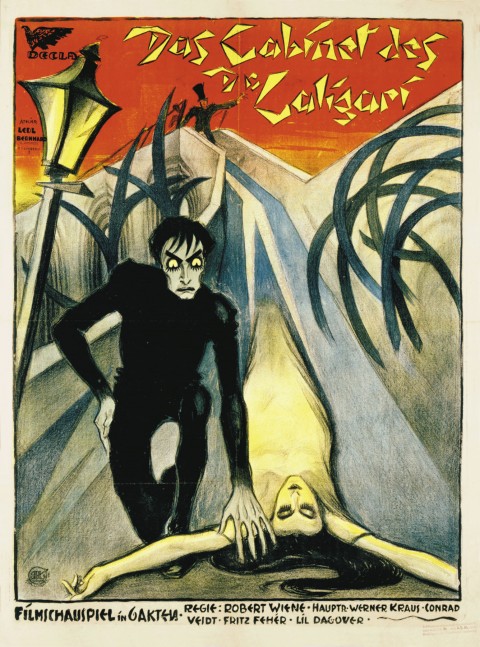For many a classic action-movie enthusiast, no car chase will ever top the one in Bullitt. The narrator of the Insider video above describes it as “the scene that set the standard for all modern car chases,” one made “iconic partly because of the characters, but also because of their cars.” The pursuer drives a Dodge Charger, a muscle car that “exploded in popularity during the late sixties in the U.S.,” with a V‑8 engine and rear-wheel drive that made it “basically built for informal drag racing.” The pursued, Steve McQueen’s detective protagonist Frank Bullitt, drives an instantly recognizable Highland Green Ford Mustang, “the first major pony car, a more compact, sporty take on the muscle car.”
Bullitt could change the game, as they say, thanks not just to the cars but also the cameras available at the time, not least the Arriflex 35 II. “Smaller and more rugged” than the bulky rigs of earlier generations, it made it possible to shoot on actual city streets rather than just studio sets and rear-projection setups. (To get a sense of the difference in feel that resulted, simply compare the Bullitt chase to the one in Dr. No, the first James Bond picture, from six years before.)
This threw down the gauntlet before all action filmmakers, who over the subsequent decades would take advantage of every technological development that could possibly heighten the thrills of their own car chases.
The video also includes vehicular action movies from The French Connection and Vanishing Point to Ronin and Drive. But the most important development in recent decades actually owes to the horse-racing movie Seabiscuit, whose production necessitated a rig, now known as “the biscuit,” that “makes it look like an actor is doing the driving, while a stunt person actually steers from the driver’s pod.” Gone are the days when a star like Steve McQueen, a genuine racer of both motorcycles and cars, could handle some of the stunt driving himself; gone, too, is the era of the muscle car not programmed to shut down automatically when it goes into a drift. But for viewers in constant need of ever more spectacular, technically complex, and expensive car chases, it seems the Fast and the Furious series will always come through.
Related content:
The Dark Knight: Anatomy of a Flawed Action Scene
Take a Drive Through 1940s, 50s & 60s Los Angeles with Vintage Through-the-Car-Window Films
Some of Buster Keaton’s Great, Death-Defying Stunts Captured in Animated Gifs
Based in Seoul, Colin Marshall writes and broadcasts on cities, language, and culture. His projects include the Substack newsletter Books on Cities and the book The Stateless City: a Walk through 21st-Century Los Angeles. Follow him on Twitter at @colinmarshall or on Facebook.


